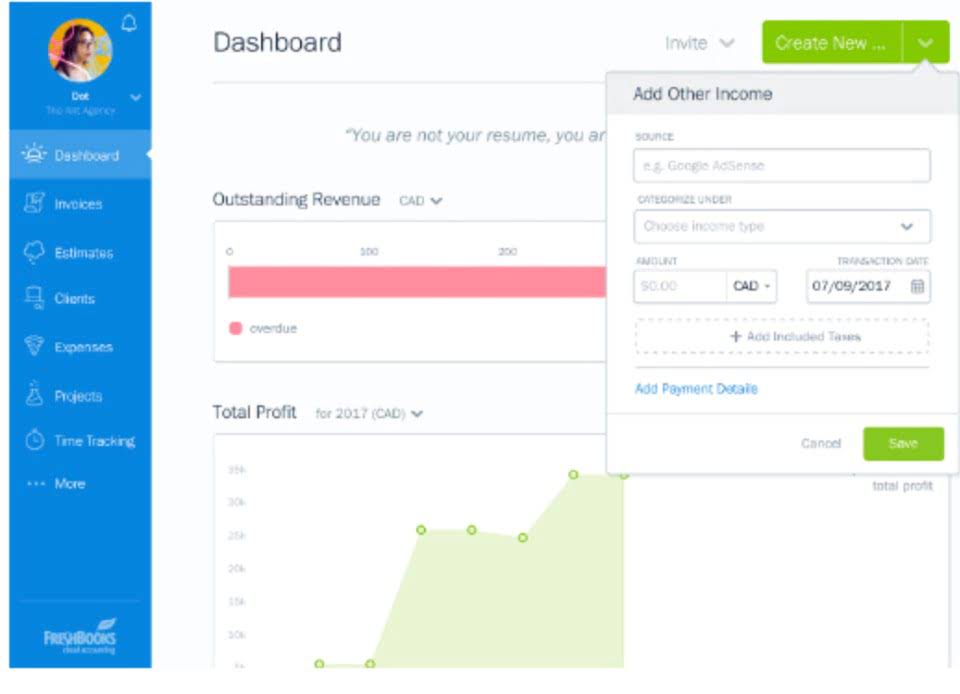
Multiply the employee’s hourly pay by the number of hours worked during the pay period. Matthew earns $2,500 a month as a physical therapist’s assistant. In addition to payroll taxes and income tax withholding, his employer withholds $50 from his retirement account. Attendance tracking plays a huge role in how much an employee gets paid. Paid time off (PTO), sick leave, vacation, and other types of leave all impact your net pay calculations. Without accurate attendance records, it’s easy to make mistakes, like overpaying employees or not accounting for time off properly.
- It helps standardize formulas, validate data, and set eligibility rules to reduce administrative tasks.
- These subtractions can have a significant impact on the employee’s final net pay, so it’s important to apply them accurately.
- By using attendance tracking software, you can ensure that all leave time is accurately reflected in each employee’s pay.
- Calculating net pay might seem complicated at first, but it’s really about understanding how all the pieces come together.
- It simplifies managing compensation reviews, easily imports data from various systems, and integrates smoothly with payroll.
Does net pay include overtime?
- Deductions may include Social Security taxes, Medicare taxes, federal or state income tax withheld, and other withholdings.
- These can include things like commissions, reimbursements, wage garnishments, or corrections from previous pay periods.
- If the employee receives a bonus or incentive, you should add that to their total earnings for the period.
- Paid time off (PTO), sick leave, vacation, and other types of leave all impact your net pay calculations.
- Employers need to handle various deductions, such as income tax and social security contributions, which are required by law or selected by employees.
- Common post-tax deductions include certain types of insurance premiums and loan repayments.
- Start by calculating the federal income tax withholding based on the employee’s gross pay and filing status.
Using the formula to calculate net pay, determine the employee’s net pay. To determine how much of Pam’s paycheck goes toward FICA tax, multiply her wages after the pre-tax health deduction ($750) by 7.65%. Determining tax withholding requires some extra calculations and work. Some taxes are flat rates while others use tax tables. Compensation Planning Software reduces errors and improves accuracy in pay calculations. It simplifies managing compensation reviews, easily imports data from various systems, and integrates smoothly with payroll.
Time Tracking: Capture Every Hour Worked

However, overtime rules can vary based on where you work and your employer’s policies. Gross pay is the total amount an employee earns before any deductions. It includes salary, overtime, bonuses, commissions, and any other compensation that you offer. Want to find an hourly employee’s gross pay each pay frequency?
How is Net Pay Calculated? Definition, Formula and FAQs
Do not deduct anything from Pam’s gross pay for local income taxes. Pam has a 2024 Form W-4 on file and uses the standard withholding. So to find federal income tax withholding, use the wage bracket method tables for manual payroll systems with Forms W-4 from 2020 or later in Publication 15-T. Her wages are subject to federal income, FICA, and state income tax. If you’ve worked extra hours, that pay is added to your gross earnings before taxes and deductions.


These deductions can have a big impact on their net pay, so it’s crucial to get them right. Calculating gross pay correctly is essential because this is the amount that deductions and adjustments will be based on. Get it wrong, and you could end up underpaying or overpaying your employees, which can lead to all sorts of legal and financial issues for your business. The FICA tax rate is a flat percentage of 7.65% that you hold from each employee’s wages. Of this 7.65%, 6.2% goes toward Social Security tax and 1.45% goes toward Medicare tax.
- After all, you want to run an accurate and legal payroll to avoid penalties and fees, and part of that requires you to know the gross-to-net calculation.
- Generally, a salaried employee earns the same amount in gross wages each pay period (unless they’re eligible for overtime pay).
- Time tracking is one of the first steps in calculating net pay.
- The next step in response to the question “How is net pay calculated?
- Getting it right is important for keeping employees happy and following payroll rules.
- You usually pay taxes on your net income, not your gross income.
Make sure you check the tax rates in your employee’s state and locality and apply the correct amount. Calculating net pay might seem complicated at first, but it’s really about understanding how all the pieces come together. You may be asking yourself, “How is net pay calculated? ” In simple terms, it’s the amount an employee actually takes home after you bookkeeping subtract all deductions from their gross earnings.

Attendance: Keep Track of Time Off and Absences
For example, in New York City, employees have to pay a local income tax in addition to federal and state taxes. The city’s tax rate ranges from 3.078% to 3.876%, based on income, and employers must factor this in when calculating net pay. Factorial’s integrated payroll system does all this and more. It also automatically applies the correct tax rates, deductions, and benefits, so you don’t have to worry about manually calculating everything. Plus, the system generates payslips for which of the following equations calculates net pay? employees, giving them a clear breakdown of their gross pay, deductions, and net pay. Gross pay is the total amount the employee earns before any deductions.
You usually pay taxes on your net income, not your gross income. Net income is what you earn https://www.bookstime.com/articles/bookkeeping-for-painters after taxes, retirement contributions, and other expenses are deducted from your gross income. This means you’re taxed on your take-home pay or profit after all expenses.
